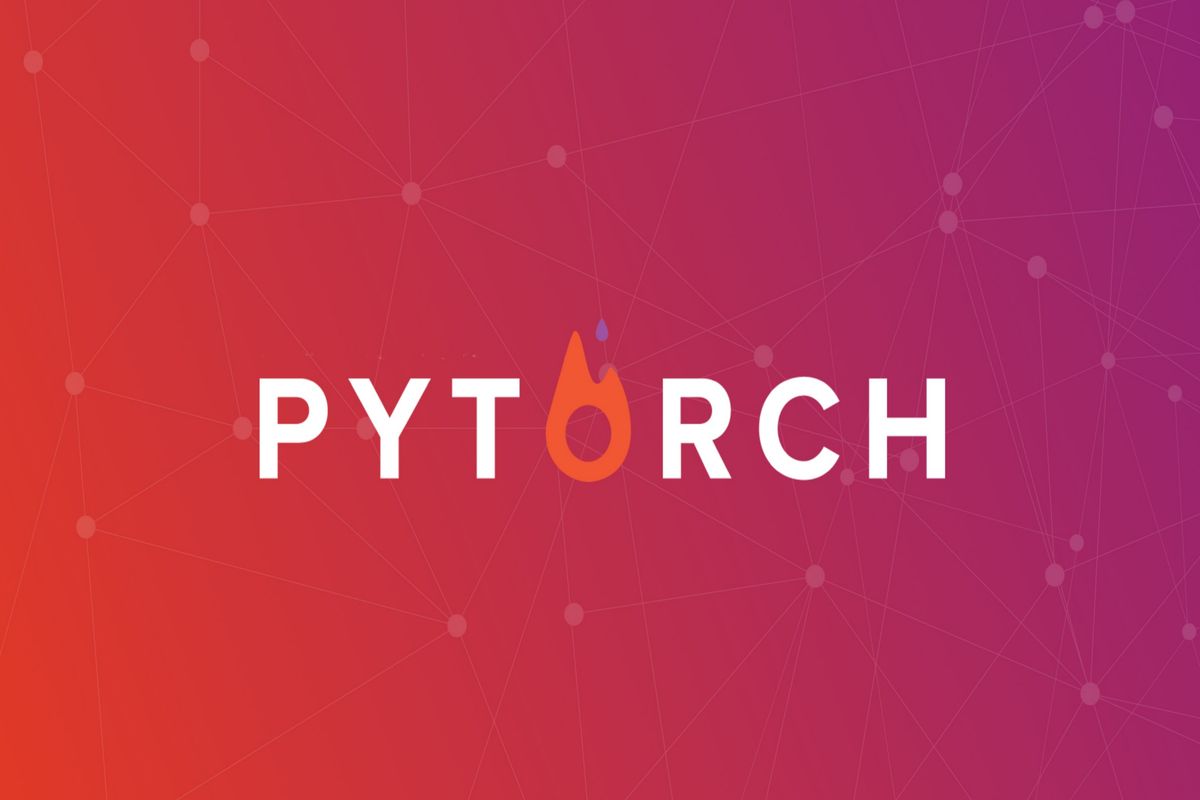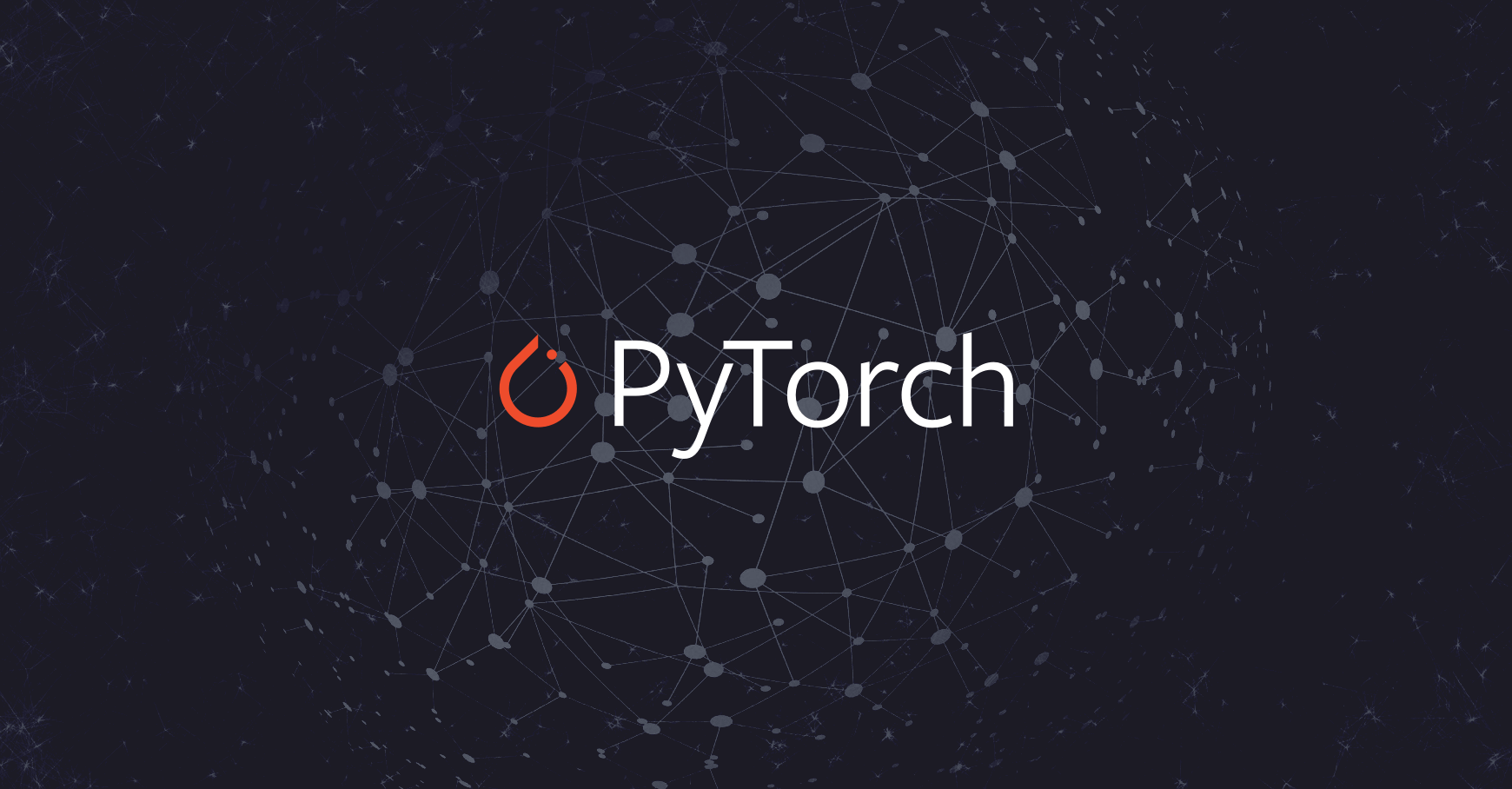PyTorch is an open-source machine learning (ML) framework based on the Python programming language coupled with the Torch library. Launched in 2016 by Facebook AI Research (now AI Research at Meta Platforms Inc), PyTorch has become one of the most popular machine-learning libraries among professionals and researchers.
How does PyTorch work, and what are its key features? What are the issues it resolves, and what are its benefits compared to other deep learning libraries?
What are the most popular use cases of PyTorch in different areas?
PyTorch Overview
PyTorch is an open-source machine learning library developed to build deep learning neural networks by integrating the Torch computational library oriented to GPUs with a high-level programming interface in Python. Remarkably, its flexibility and ease of use have made it the leading infrastructure in deep learning for the academic and research communities, supporting many neural network architectures.
Built in 2016 by scientists and researchers from Facebook AI Research (FAIR), PyTorch progressed to the administration of the Linux Foundation in 2022 via the PyTorch Foundation, operating as a neutral forum to help coordinate the future development of its network among the growing partner community.
The library integrates Torch’s efficient backend computational libraries, designed for GPU-intensive neural training, with a top-level Python interface that facilitates quick prototyping and experimentation. This concept majorly streamlines the debugging and prototyping of models.
On that note, the two primary components of PyTorch are modules (fundamental blocks for developing network architectures and layers) and tensors (multidimensional arrays for storing and manipulating data). Modules and tensors can run on CPUs or GPUs to accelerate calculations.
PyTorch helps address various common problems affecting deep learning, such as:
- Slowness in experimenting with new architectures
- Extended learning curves for the new developers
- Difficulty debugging large-scale static models
- Complexity in implementing various types of neural networks
Related: AutoGPT Demystified: The New ‘Do-It-All’ AI Tool
PyTorch Features
Some of the main features that have made PyTorch a highly popular and effective tool for deep learning include automatic differentiation, dynamic computation graphs, GPU compatibility, and pre-designed modules, among others.
Dynamic computation graphs (DCGs) make PyTorch unique compared to other static frameworks such as TensorFlow. These graphs support on-the-fly modification of neural network behavior without recompiling the whole model, resulting in quicker debugging and experimentation.
Another major pillar of PyTorch is automatic differentiation via the “autograd” module. The feature automates gradient calculations, majorly simplifying the training of neural networks via backpropagation. Thanks to this autograd, developers can focus mainly on developing and validating models without spending time explicitly coding different gradient descent algorithms.
PyTorch also features a wide range of pre-designed modules such as “nn” and “optim” that implement normal operations and optimizers for neural networks. Using these modules dramatically minimizes manual work, allowing the assembly and training of highly complex models with only a few lines of code.
Another significant feature of PyTorch is its multi-GPU support, which considerably accelerates training. Whether on one machine with many GPUs or via distributed training on GPUs from different machines, PyTorch increases resource use to train models in the shortest time possible.
PyTorch Use Cases
PyTorch has gained massive popularity in many use cases because of its flexibility as a deep learning framework and the many benefits it offers for accelerating model development and training. Some areas where PyTorch is mostly used include:
- Computer vision – thanks to the GPU acceleration offered by PyTorch, it has established itself as a leading choice for demanding computer vision applications. Data scientists utilize the library to classify large-scale images, detect various objects in real-time, semantically segment videos and photos, track humans in camera sequences, and more.
- Natural Language Processing (NLP) – PyTorch has become the popular tool for most NLP tasks that need training complex neural network models on lots of textual data. Common use cases include automatic translation, sentiment analysis, chatbots, and voice recognition and synthesis.
- Reinforcement learning – Another area currently benefitting mostly from PyTorch’s flexibility is training reinforcement learning agents that mostly interact with video games and other simulated environments. Advanced researchers have achieved considerable advancements in fields like autonomous driving, robotics, and strategic planning due to reinforced models implemented with PyTorch.
Related:Meta Unveils LLaMA it’s New AI: An Initial, 65-Billion-Parameter Massive Language Model
PyTorch Benefits
Besides its great adaptability to different AI use cases, PyTorch offers many benefits, making it a popular framework for researchers and programmers. Some of the most notable aspects include:
- Learning curve – since PyTorch is fully based on Python, it is straightforward and simple to learn, even for developers without any experience in deep learning. With just a knowledge of Python programming, functional models can be developed and trained rapidly, without spending days or months trying to study new languages.
- Debugging – PyTorch’s seamless integration with Python’s dynamic nature and its garbage collector streamlines the debugging process using familiar tools like “pdb” or “ipdb”. Developers can easily set breakpoints and scrutinize variables at any point within the model, simplifying the identification and resolution of issues.
- Open-source community – Unlike proprietary platforms such as MATLAB, PyTorch is 100% open-source and has the support of a large global community of contributors.
- Great performance – despite the user-friendly interface, PyTorch offers industrial-level performance thanks to its optimized C++ backend and built-in support for parallel computing on many GPUs.
- Integration – one of the most remarkable benefits of PyTorch is its smooth integration with other popular Python libraries, including SciPy, Matplotlib, NumPy, and a lot more. This helps facilitate the export of trained models to ONNX format for implementation in production systems with TensorRT, PyTorch, or any other optimized runtimes.
The Takeaway
PyTorch is a powerful and versatile deep-learning library that has become a cornerstone for professionals and researchers. It constantly changes to address the dynamic needs of the whole deep learning community.
PyTorch’s integral concepts, such as dynamic computation graphs, pre-designed modules, and automatic differentiation, contribute to its reputation as a top framework. The library’s flexibility, ease of use, and multi-GPU support make it a popular option for many applications, including Computer Vision, Natural Language Processing (NLP), and Reinforcement Learning.







